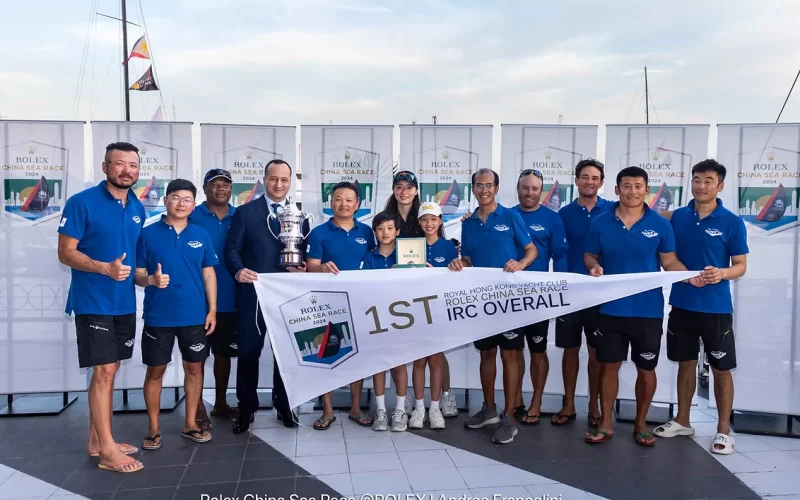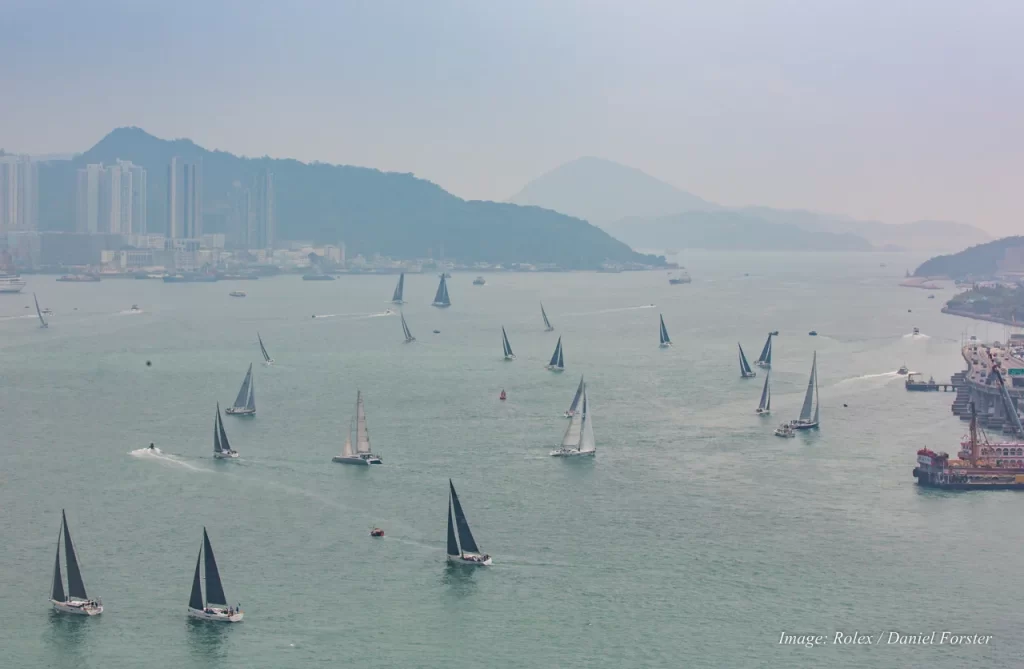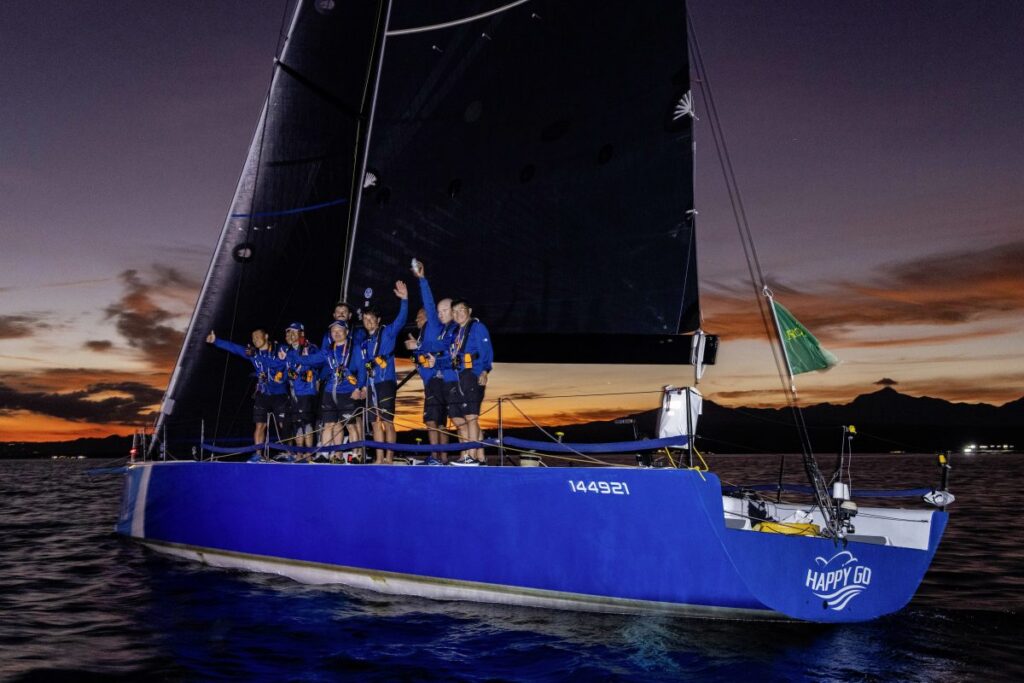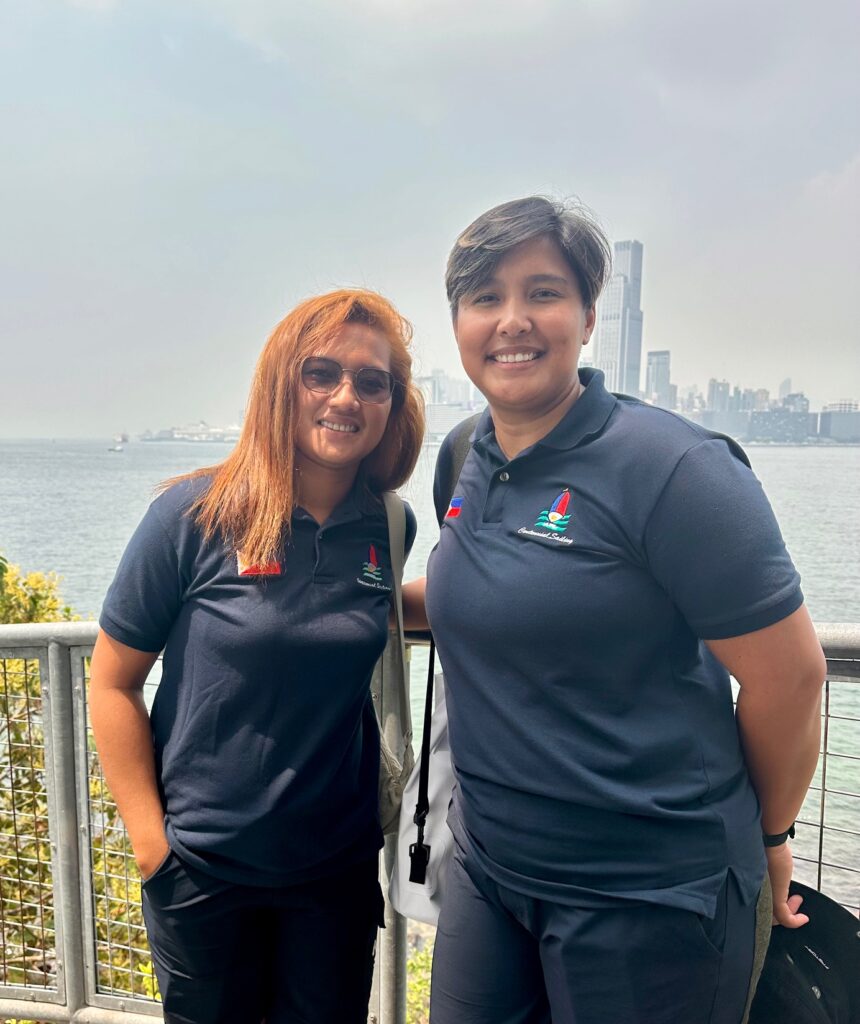A total of 21 teams consisting of 191 competitors from 26 countries and territories competed recently at the 2024 Rolex China Sea Race, which spanned 565 nautical miles from Hong Kong’ s Victoria Harbor to the Philippines’ Subic Bay. Standard Insurance’s Centennial V, an all-Filipino group, was again among the top teams to watch during this year’s edition.

By Alex Y. Vergara
As far as long-time participants to the biennial Rolex China Sea Race (RCSR) were concerned, the 2024 edition, which started at Hong Kong’s scenic Victoria Harbor on March 27 and culminated in balmy Subic Bay, Philippines on March 30, was one of the most exciting and most competitive races in recent memory.
For one, the seesaw battle for first place across 565 nautical miles of open waters between fierce rivals Standard Insurance’s Centennial V, an all-Filipino team owned and skippered by race veteran Ernesto Echauz, and second-time participant Happy Go of Hong Kong, proved to be a nail-biter.
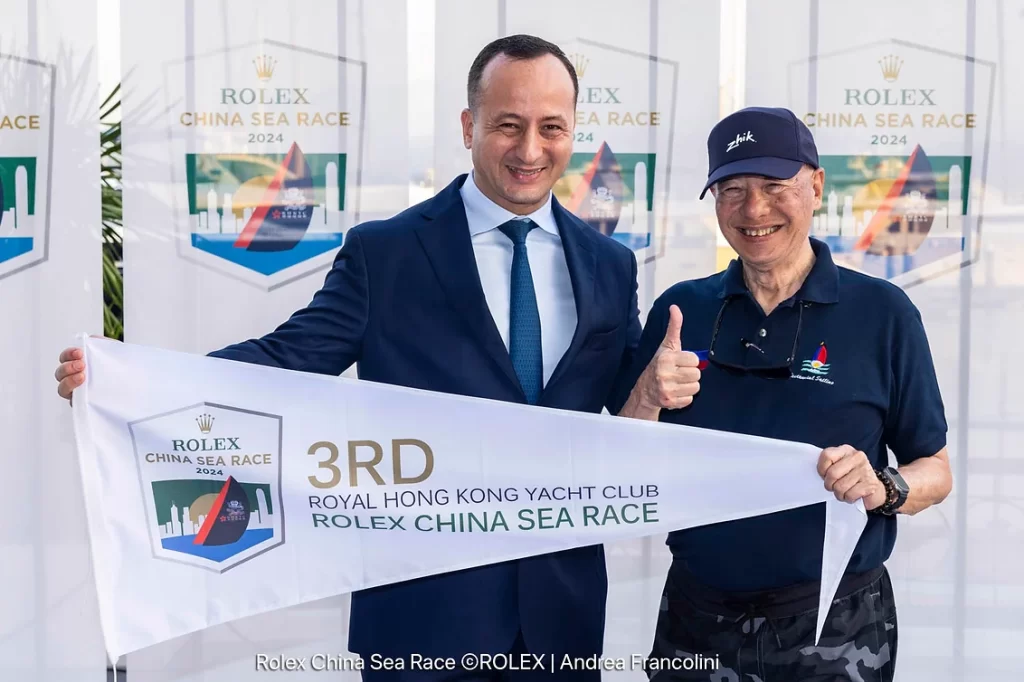
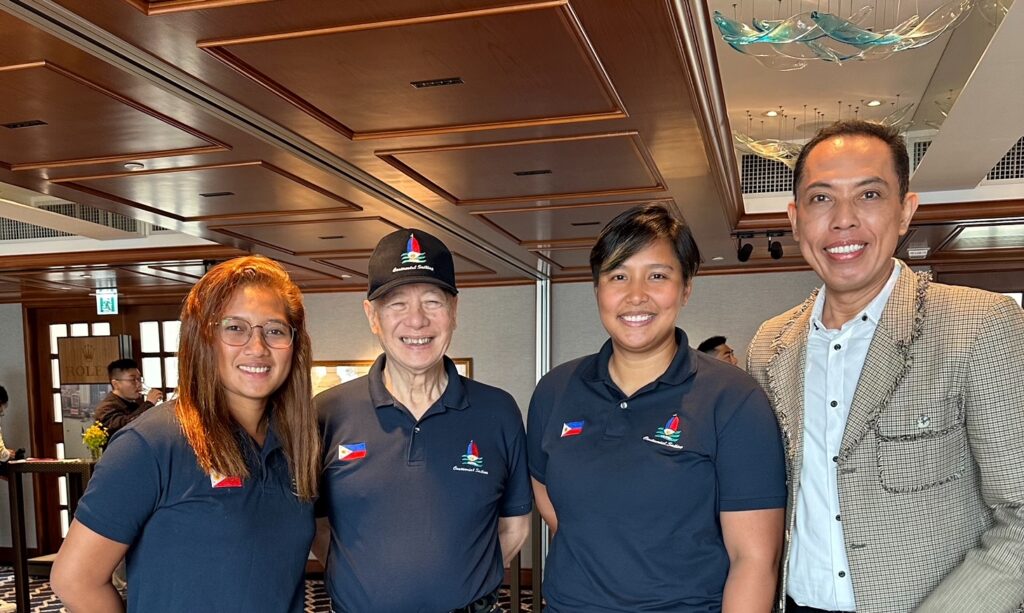
In the end, Happy Go edged out Centennial V by a mere five minutes to win both line honors (the first competitor to cross the finish line) and overall IRC (International Racing Certificate) winner after all its handicaps were deducted. Meanwhile, the last of the smaller, less powerful boats made it to Subic Bay on the afternoon of April 2.
Centennial V, last edition’s line honors winner, had to settle for third place IRC overall. It was the Chinese entry, Seawolf, skippered by YY Yan, which claimed second place IRC overall.
“From start to finish, this was the most exciting Rolex China Sea Race that I have ever experienced. I’m very proud of my team and proud of the other competitors. Everyone was so competitive,” said Echauz, group chairman of Standard Insurance, who has been racing for more than 30 years now, even before Rolex started sponsoring the China Sea race in 2008.
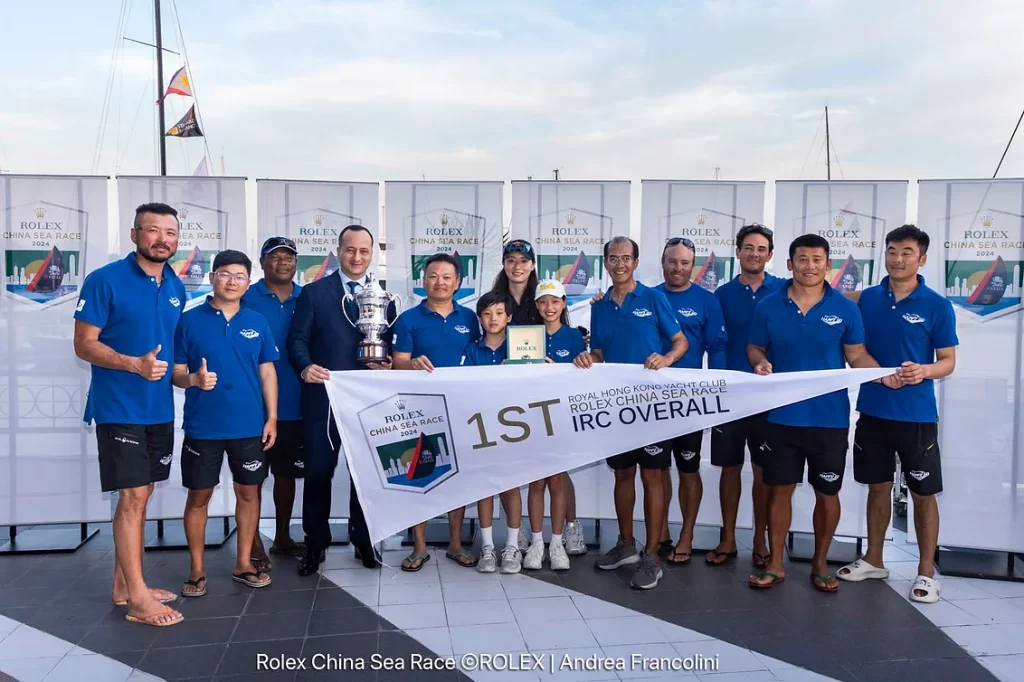
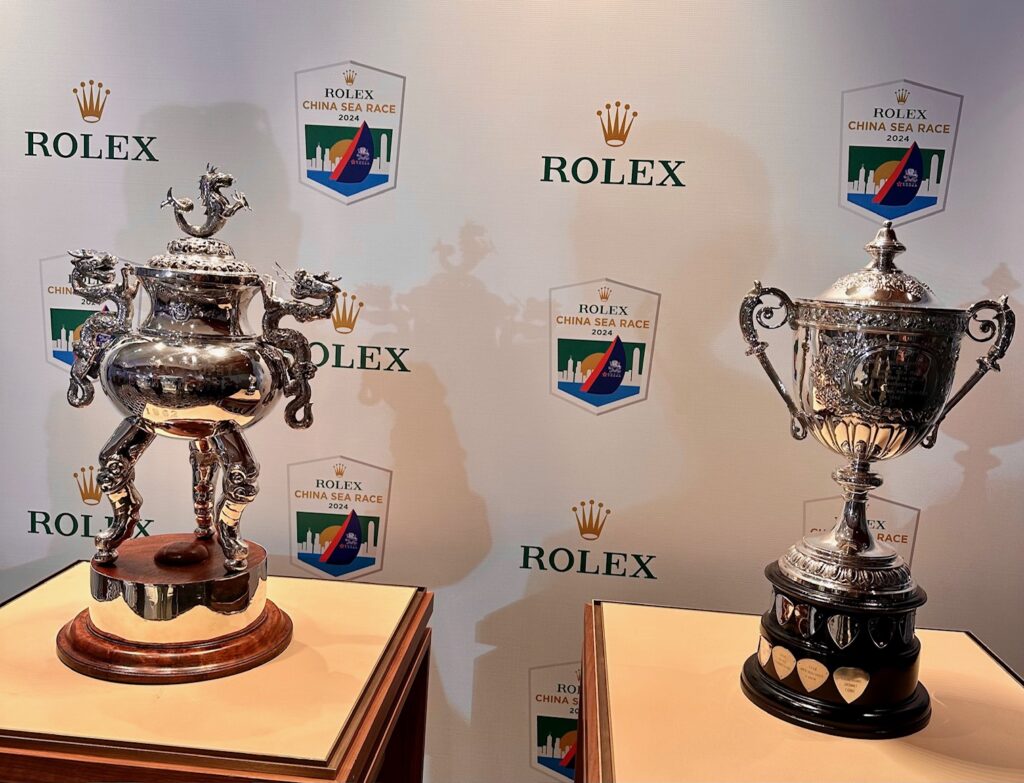
Nie Hua, owner of Happy Go, was ecstatic. “We have made a lot of preparations ahead of the race, but getting line honors and the IRC overall title is completely out of my expectations! I am absolutely thrilled and so thankful. We had a great team, although we had some language barriers, we operated well, so a big thank you to the team,” he said.
Since boats of varying sizes and speed are allowed to participate in this prestigious race, the overall results aren’t decided simply on who crosses the finish line first.
Those racing in bigger yachts certainly have an advantage over their competitors in smaller boats in terms of speed and waterline length. Year in and year out, depending on how the winds blow, racers in big boats make the best out of prevailing conditions on the course, finishing well ahead of their smaller rivals.
To level the playing field, a series of handicaps have been set in place. And although competitors are allowed to bring on board the best navigational and communications equipment, every team, regardless of size, is virtually racing on a sailboat that must rely solely on wind power to get from point A to point B.
They’re only allowed to turn on their engines for a time to power their batteries. But never while their cruising at race speed to get to the finish line.
Twenty-one entries consisting of 191 competitors from 26 countries and territories, with their boats loaded with the necessary manpower, equipment and provisions, including perhaps one lucky charm or two, gathered at Hong Kong’s scenic Victoria Harbour, just off where the historic Royal Hong Kong Yacht Club (RHKYC) is located, for the race’s starting gun, which was fired less than an hour before noon on Holy Wednesday.
The race was formally launched the day before at RHKYC with a press conference wherein some of the bigger, more established teams shared their thoughts with journalists from all over the region.
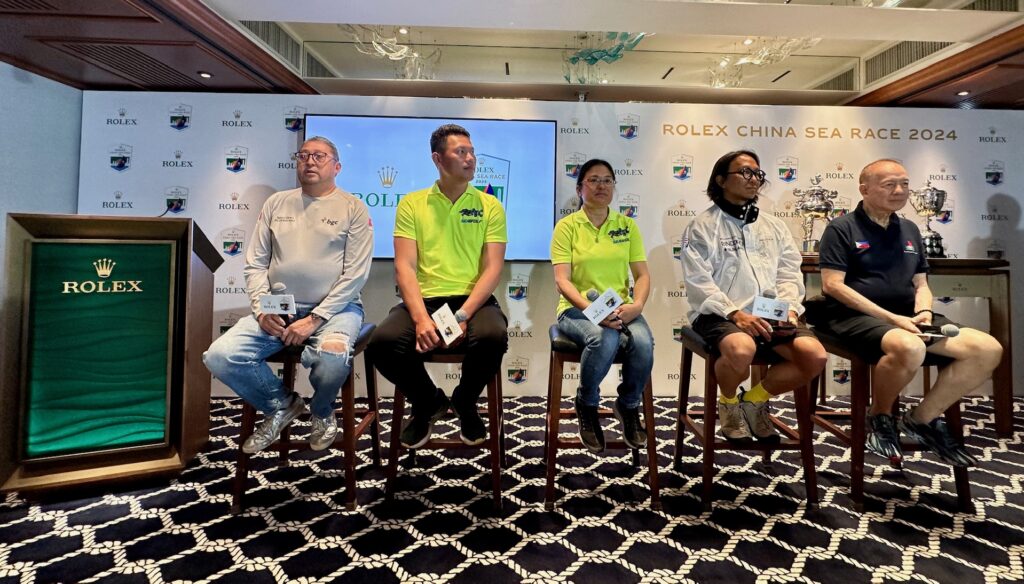
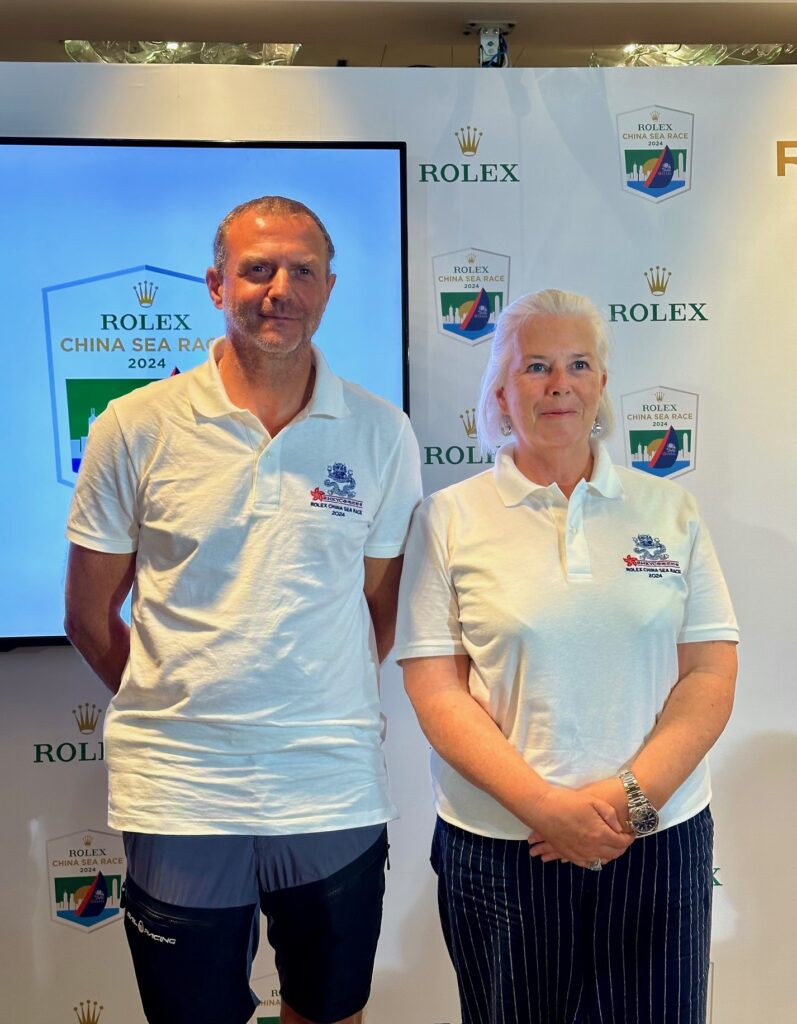
The China Sea race first started in 1962 under a different sponsor. It became the RCSR in 2008, but even before that, Echauz has been joining the said race since 1994. The route is supposedly inspired by ancient trading routes between Southern China, particularly Hong Kong, and the Philippines. During its earlier years, the China Sea race culminated in Manila Bay.
Except during the height of the pandemic, RCSR was held every two years. To make up for lost years when the whole world was in various forms of lockdown, Rolex decided to temporarily make it a yearly event in 2023. After the recently concluded 2024 edition, it would revert to a biennial race.
“Last year was our first-ever line-finish win,” saids Echauz. “I’d say it was our biggest win because it’s the first time a Philippine team won line honors. But we’ve won overall twice—in 1998 and in 2008.”
Apart from bragging rights, winners in the two divisions (line and overall) get a cup and Rolex watch each. They don’t even get to bring home the cup, as it goes back to the RHKYC archives with the winning team’s name engraved on it. Since Happy Go won both line and overall honors this year, it presumably received both cups and Rolex watches.
“It’s all for the love and thrill of taking part in the race,” said Echauz. When his team won line honors last year, Echauz, instead of keeping the Rolex prize watch for himself, said that he decided to sell the luxury timepiece and had the proceeds evenly divided among members of his team.
Prior to his 30-year love affair with the China Sea race, Echauz has been racing for a “long time.” He has also won a few races in other divisions. He declined to cite the particular year of the first-ever race he participated in and instead let out a laugh – “matagal na!” (That was a long time ago!)
He also takes pride in the fact that Standard Insurance’s Centennial V and the smaller Centennial III were the only entries manned by an all-Filipino team. Filipinos may be present in other teams, but they’re only part of a multinational effort reporting most likely to a foreign owner and skipper.
Echauz was also quick to point out that he doesn’t own any of the boats proudly flying the Philippine flag and sporting Standard Insurance’s logo and colors on its sails. His company, which deals in non-life insurance, does.
“My primary motivation for racing is, of course, my love for the sea. My brother and I were frequent habitues of the Manila Yacht Club and various clubs along Manila Bay. It was only a matter of time before we were drawn to sailing, starting at first on a catamaran,” he shared.
Despite his experience and last year’s line honors victory, Echauz wasn’t leaving anything to chance, training his team, which consists of several capable and talented women, in the runup to the race. He wasn’t taking the route for granted as well.
“Even if you’ve raced many times before between, say, Hong Kong and Subic, no race is the same. Since every race is different, your response to a given situation would also be different,” he said.
Classified as a 75-footer boat, the Centennial V was manned by 20 people. You think it would be easier compared to manning, say, a 35-footer consisting of eight people, but bigger, faster boats pose their own set of challenges.
“Everybody would have to be coordinated,” he said. “Everybody should know what he or she is supposed to do, which becomes even more important if there’s a problem. And the number one rule is to look out for everybody and everyone’s safety.”
This is easier said than done, especially when you have nearly two dozen people on board working as a team.
“And there’s also another rule we live by while on the boat,” Echauz added. “Nobody shouts at each other. Everybody should respect each other.”
Such leadership style has drawn its fair share of women to his team. In fact, during the press conference, Echauz, instead of choosing to be with his men, opted for Alaiza Mae Belmonte and Paula Jean Bombeo, two of his leading women, to help him represent team Philippines.
“It has been both a rewarding and challenging experience,” said Alaiza, 27, who started joining races, albeit smaller ones, since she was 12, in a mix of Filipino and English. “I need to understand and imbibe the importance of the training we go through. The constant practice. And we need to do as the men do. No preferential treatment.”
Save for the boat’s owner and skipper, they are all equals. This growing development to give more opportunities to women has also shattered the myth that sailing is a man’s sport, added Paula, 31, who began joining races more recently.
“I feel fortunate that our teammates treat us as sailors first despite our gender. Not once did I experience some form of discrimination. With that out of the way, we could all focus on our individual tasks on how to strengthen ourselves and perform well as a team,” Paula added.

Tiffany Koo, a Malaysian and the lone woman in Seawolf, somewhat echoed Alaiza and Paula’s sentiments. She proudly described herself as “one of the boys” during the press conference.
Asked during a later interview if she feels safe and confident as the only woman racing in the high seas with a boatful of men, Tiffany brushed the question aside by making light of it. “What could these men do to me?” she asked aloud with a laugh while looking at skipper YY Yan.
“In fact, when you’re on a boat, basically you’re all equal,” Echauz said. “You take care of each other because your life depends on each other.”
You go where the wind takes you—together. And, like what the 21 teams that competed in the recent 2024 RCSR reaffirmed for themselves, that’s how it’s always going to be.

